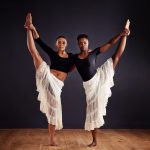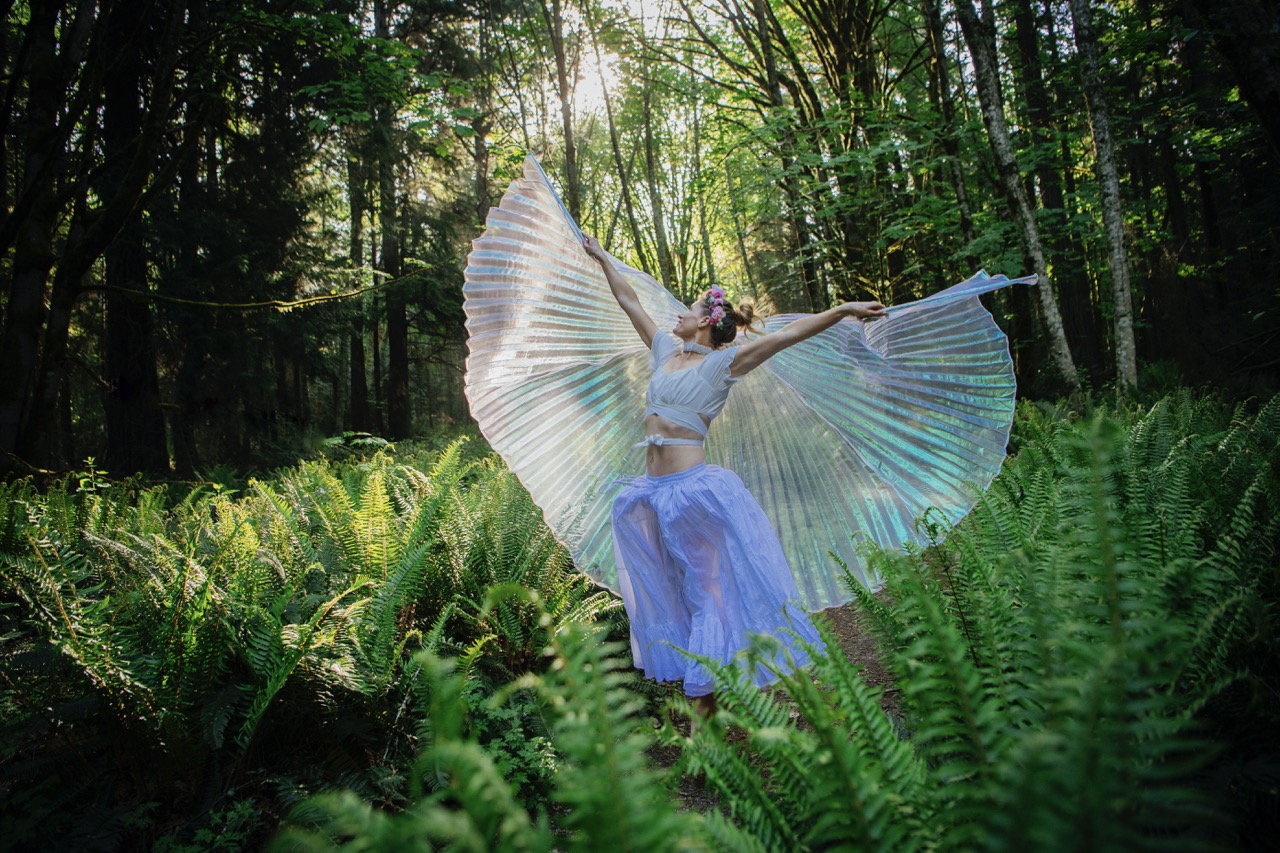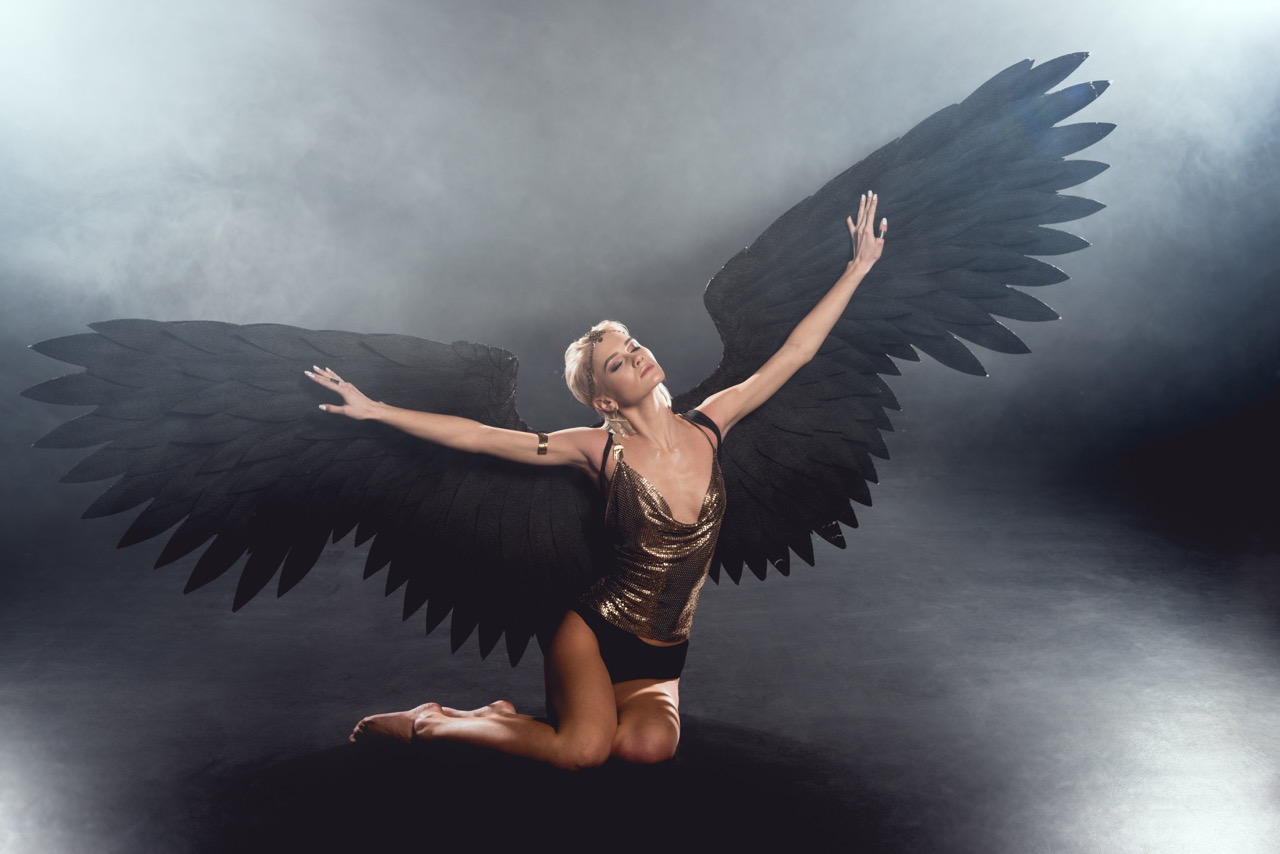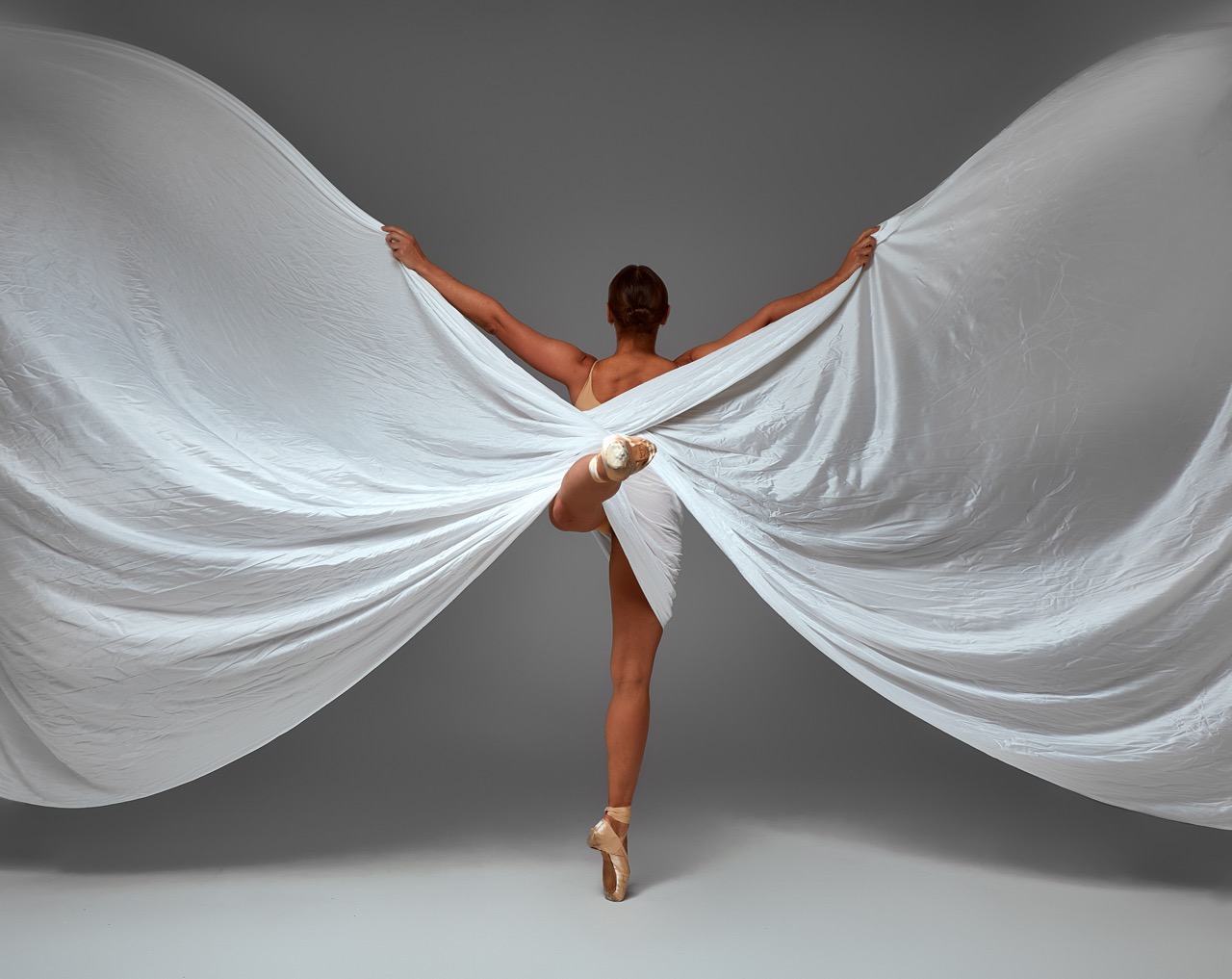In recent years, dance fitness has evolved into a dynamic and exhilarating way to stay fit, combining the joy of movement with the thrill of music. From vibrant Zumba classes to high-energy hip-hop workouts, the rise of dance fitness has transformed traditional exercise routines into engaging and enjoyable experiences. This article delves into the evolution of dance fitness, highlighting its most popular forms and exploring the holistic benefits they offer.
From the Studio to the Stage: The Evolution of Dance Fitness
Dance has always been an expressive form, but the concept of dance fitness has taken it to a new level. Traditionally, dance was confined to studios and stages, where trained professionals showcased their talent. However, as the fitness industry began to recognize the appeal of combining dance with exercise, various dance workouts emerged, catering to a wider audience. This shift led to an explosion of dance-inspired classes that not only challenged physical abilities but also encouraged self-expression and community engagement.
The 1990s marked a significant turning point, as dance-based workouts gained popularity, culminating in the creation of Zumba in the early 2000s. This infectious blend of Latin rhythms and aerobic elements appealed to diverse age groups and fitness levels. Simultaneously, hip-hop dance workouts began to carve out their own niche, emphasizing urban culture and rhythm while making fitness accessible to everyone. As social media platforms proliferated and the global interest in fitness grew, dance fitness became a phenomenon, drawing millions to studios and online classes alike.
Today, dance fitness continues to evolve, with new styles and formats emerging regularly. From contemporary dance fitness classes that incorporate elements of ballet and modern dance to high-intensity sessions that mix dance with circuit training, there’s something for everyone. This evolution showcases the versatility of dance as a medium for physical activity and its ability to adapt to the ever-changing landscape of fitness trends.
Zumba: Shaking Up the Fitness World with Vibrant Rhythms
Zumba, a dance fitness program created by Alberto "Beto" Perez in the 1990s, has become synonymous with fun and high-energy workouts. Infusing Latin American music with dance moves, Zumba offers a unique blend of cardiovascular exercise and social interaction. Participants experience a mix of salsa, merengue, cumbia, and reggaeton, allowing them to escape the drudgery of traditional workouts while honing their coordination and rhythm. The infectious music and vibrant atmosphere make Zumba classes feel more like a party than a workout, attracting people from all walks of life.
One of the key factors contributing to Zumba’s success is its inclusivity. Classes cater to all fitness levels, making it an ideal choice for beginners and seasoned athletes alike. The focus on enjoyment over competition fosters a sense of community and camaraderie among participants, encouraging them to push their limits in a supportive environment. Additionally, Zumba has expanded its offerings with variations such as Zumba Gold for older adults and Zumba Toning, which incorporates light weights, further broadening its appeal.
Moreover, the impact of Zumba on physical health is well-documented. Studies have shown that engaging in Zumba can significantly improve cardiovascular endurance, muscular strength, and flexibility. As participants dance their way through workouts, they also reap mental health benefits, such as reduced anxiety and increased self-esteem. The vibrant rhythms of Zumba not only shake up the fitness world but also create a holistic approach to well-being, integrating physical, social, and emotional health.
Hip-Hop: The Beat That Turns Workouts into a Party
Hip-hop dance fitness has emerged as a powerful force, bringing the energy and creativity of street dance into the workout realm. This genre celebrates urban culture, incorporating elements of breakdancing, locking, and popping into fitness routines. Classes often feature popular hip-hop tracks, turning the workout into an exhilarating experience that feels less like exercise and more like a dance party. The infectious beats and dynamic movements motivate participants to unleash their inner dancers, allowing them to express themselves freely while staying active.
One of the most appealing aspects of hip-hop dance fitness is its inherent adaptability. Instructors often tailor their routines to reflect current music trends, ensuring that classes remain fresh and exciting. This adaptability not only keeps participants engaged but also attracts a younger demographic eager to embrace dance as a form of fitness. Hip-hop dance fitness can be found in gyms, dance studios, and even online platforms, making it accessible to a wide array of individuals seeking a fun way to break a sweat.
Beyond the fun factor, hip-hop dance fitness provides numerous physical and mental benefits. The high-energy movements improve cardiovascular health, agility, and coordination, while also enhancing spatial awareness and rhythm. On a psychological level, hip-hop dance fosters creativity and self-expression, allowing participants to break free from societal norms and celebrate their individuality. This blend of physical and mental stimulation makes hip-hop dance fitness an empowering choice for those looking to cultivate a positive relationship with their bodies and their health.
Beyond Dance: The Holistic Benefits of Fitness Through Movement
Dance fitness, encompassing forms like Zumba and hip-hop, offers far more than just physical exercise; it promotes holistic well-being. The integration of movement, rhythm, and music provides a comprehensive workout that engages both the body and mind. Participants experience increased heart rates, improved muscle tone, and enhanced flexibility, all while enjoying themselves in a lively and social environment. This multi-dimensional approach to fitness supports physical health while simultaneously addressing the emotional and mental aspects of well-being.
The community aspect of dance fitness is another vital component of its holistic benefits. Classes often foster a sense of belonging, where participants cheer each other on and celebrate their progress together. This social interaction combats feelings of isolation and promotes a supportive network, essential for mental health. Additionally, the joy of dancing releases endorphins, the body’s natural mood lifters, which can reduce stress and anxiety, creating a positive feedback loop that encourages continued participation in fitness.
Lastly, the focus on expression and creativity inherent in dance fitness serves as a powerful therapeutic tool. It invites individuals to connect with their bodies, fostering self-awareness and body positivity. As participants learn new moves and challenge themselves, they develop a sense of accomplishment that boosts their confidence. Ultimately, dance fitness transcends mere physical activity, offering a holistic approach that nurtures the body, mind, and spirit, making it a transformative experience for all involved.
The rise of dance fitness represents a significant shift in the way we perceive exercise. By blending the joy of movement with the energy of music, forms like Zumba and hip-hop have redefined workouts as vibrant, communal experiences. The holistic benefits extend beyond physical fitness, encompassing emotional well-being and social connection, making dance fitness an appealing option for individuals seeking a healthier lifestyle. As we continue to dance our way into the future, the transformative power of dance fitness will undoubtedly inspire countless more to join the movement.










